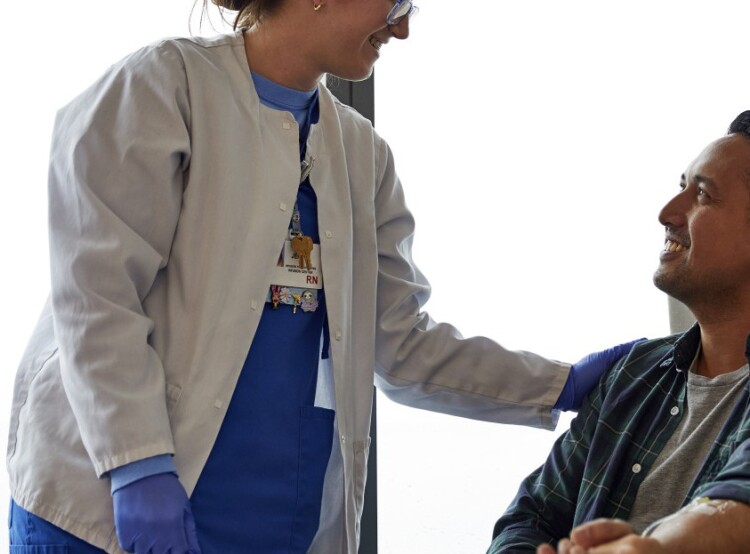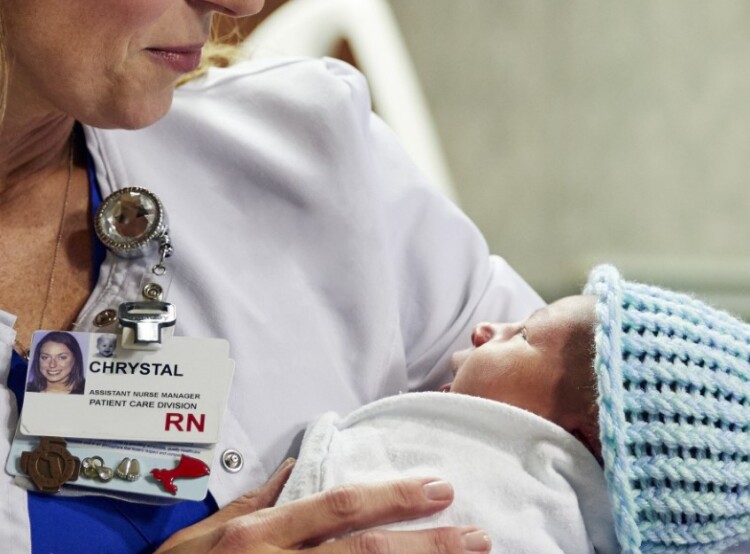Get Inspired
When a design, when an idea, when simply thinking differently can save lives, it's important to make sure nurse innovators know how to move forward. That means empowering them to move from the bedside into the boardroom. Their extensive, hands-on patient experience means they’re the first to identify a patient’s problems and needs. And with their training, skills and innate resourcefulness, they’re also qualified to help shape what healthcare is, into what healthcare ought to be.
Here, we’ve collected stories from nurse leaders who have done just that. From past to present, they’re inspiring a new generation of innovators. Even if they don't consider themselves innovators yet.

- INTRO
How are nurses shaping healthcare today?
Spotlighting today’s emerging innovators and healthcare leaders is not only a way to celebrate them and their achievements—it’s also an opportunity to inspire and educate nurses who want to join their ranks in the future.














Why Nurse Innovation Matters
Throughout history, nurses have brought innovation to patient care and profoundly changed human health. And for over 120 years, Johnson & Johnson has been proud to support and elevate the impact of nursing by championing nurse-led innovation. Today, we continue to be committed to advocating for, and empowering nurses globally, as critical drivers of better human health outcomes.
Healthcare's Top Innovators: Nurses
Every day, nurses are innovating on the front lines of health, providing life-changing care, and driving better health outcomes for patients and families. As a guide to present and future nurse innovators, “Healthcare’s Top Innovators: Nurses” is presented by Rebecca Love, MSN, BA, RN, FIEL, Director of Nurse Innovation & Entrepreneurship, School of Nursing, Northeastern University, Boston, MA.
- Through the 2024–2025 Johnson & Johnson Nurse Innovation Fellowship, 10 nurse-led teams are piloting creative, scalable solutions to some of the most persistent challenges in care delivery. Learn how nursing leaders across the country are solving these issues and building a more supportive, sustainable future for nurses everywhere.2025-06-27T15:42:42.971Z
- At New Orleans-based Ochsner Health, this CNO sees nursing challenges as solvable design problems, and is cultivating an environment where nurses thrive through flexible care models, open communication, and strategic investments. Read on to learn how she's making the case for nursing leadership as the linchpin of health system transformation.2025-06-04T17:51:08.338Z
- In these films produced for Johnson & Johnson by BBC StoryWorks Commercial Productions, you'll meet three teams of extraordinary nurse innovators, each working to improve healthcare in meaningful ways. Watch the series and download the accompanying Nurse Innovation Toolkit to spark conversations, inspire change, and foster a culture of innovation within your health system.2025-04-24T16:34:52.700Z
- Nursing Timeline
- Nursing TimelineSource: A Scrub's Life
- Nursing TimelineSource: Nurse.com
































